In challenging times like these, many of us appreciate just about anything
that has a concrete bearing on the health and happiness factor.
And so it happened to me, that early morning gut punch that came out of nowhere.
You may think, oh no, were you in the midst of a family or health crisis?
No, the simple truth is I woke up in my favorite city with my annual
my-time-in-paris-is-about-to-run-out disorder.
There is no known cure but there are a few ways to tamp down the fever.
Lucky for me -- and countless others -- the Grand Palais hosted
a huge spectacle of Toulouse-Lautrec's works.
Long before I arrived in Paris, I secured my ticket, knowingly
choosing a date toward the end of my trip.
You see, based on my own travel history, I realized I'd be hard hit
with my own personal Reign of Terror -- missing Paris even
before I've left the country -- and would require some good cheer.
What good planning!
Like a day at the spa, the art of Henri de Toulouse-Lautrec gladdens even
the most clinically depressed Eeyore that resides part-time in all of us.
Let's face it.
Great art protects your heart and strengthens your immune system.
It battles stress and a negative mindset.
"Blessed are they who see beautiful things in humble places
where other people see nothing."
Camille Pissarro, Danish-French Neo-Impressionist
to the good life in 1864 in Albi,* a remarkable small city in southern France.
*Albi -- all-powerful-albi.html
Henri de Toulouse-Lautrec hailed from a wealthy, well-established French family,
one that did not encourage his choice to become an artist.
T-L's life was difficult early on when an accident** caused his torso to grow
into adult size but left his legs profoundly shortened.
He despised his grotesque appearance, likely leading him to
Paris and the Bohemian hills of Montmartre where a
non-conformist lifestyle offered him a chance to fit in.
**his broken legs never mended; he also had a congenital condition, doubtlessly because his parents were 1st cousins
Before long, the peculiar looking painter was accepted into Montmartre's
avant-garde society, where he found his oeuvre, painting and
promoting the over-the-top culture of the butte's cafés and cabarets.
Wicked fun ruled the day.
"I have tried to do what is true and not ideal."
Toulouse-Lautrec
they in return seemed to love him back.
Reveling in the dissipated and freakish nature of many of these nighttime entertainers, the misfit artist swam in the same current -- drinking too much, engaging in too many dark entertainments*; still, his creative spirit prevailed,
producing volumes of canvasses and more.
*he suffered and likely died of syphilis at a young age
The legendary french artist created magnificent works with
a tender dexterity that portrayed even the most down-in-the-mouth
prostitutes in a sensitive light -- not an easy task.
It's doubtful they used terms we use today such as branding and leveraging.
But T-L created instant name recognition for his favorite celebrities in
a manner that would have Madison Avenue nipping at his heels.
His use of vibrant colors and expressive lines
matched the ebullient nightlife of Montmartre.
Though he had the ability to paint in the traditional old-school manner,
his most memorable pieces define the joie de vivre
that defined Paris before the first world war.
His style -- remember, we're talking 1890's Paris -- was resolutely modern,
the same description the Grand Palais applied to his
recent show "Toulouse-Lautrec: Resolutely Modern."
Though he could boast great range (as the Grand Palais show
manifestly illuminated), I was struck by how such a run-down wreck of a man practically invented the Montmartre myth single-handedly.
Maybe it's because we're attracted to the heartbreak of Toulouse-Lautrec, the man.
But mostly it's the talent, the audacity of his daredevil lines
and confidence of his color palette.
Perhaps today Toulouse-Lautrec would be a street artist.
And he'd be the cool guy we'd be dying to meet.

Henri Toulouse-Lautrec
T-L was true to his word. He worked that little corner he created.
A true individualist, the man had range,
spreading his talent over a wealth of mediums.
Producing over 1,000 canvases, 350 posters and thousands of drawings,
the artiste extraordinaire could not be accused of resting on past success.
Even as he began to drink more and more -- one admirer quipped
"He does not give his moustache time to dry" -- Toulouse-Lautrec
single-handedly expanded his graphic design into a movement.
His posters -- many created by first drawing on stone*, were cheap.
They were meant to be slapped up all around Paris in order to advertise
cabarets and cafés -- the Moulin Rouge & Folies Bergère in particular -- but
their reach far exceeded their expected ambition as people
fell in love with the bold artistic expression.
Thousands were pasted up and many soon disappeared -- peeled
off so they could be savored and tucked away at home.
*lithography, a method of printing
T-L also labored to promote local headliners.
Jane Avril, May Belfort and Aristide Bruant soon became household names.
La Goulue was already celebrated for her famous dance at the Moulin Rouge,
but as soon as Toulouse-Lautrec promoted her leggy can-can via
steamy posters plastered all over Paris, they both toppled the charts.
The man with the sad biography -- the disabled artist who loved to paint the
seedy side of Montmartre's absinthe playground -- became an icon
of advertising and public relations by doing what he loved best.
His visually stunning art became the greatest ad campaign of the day.
"Nobody reads ads. People read what interests them, and sometimes it's an ad."
Howard Luck Gossage, San Francisco ad guru during the "Mad Men" days
"The Art of Cuisine" is a joy to behold, offering
both illustrations and recipes with T-L's signature joie-de-vivre.
He loved to cook and often hosted dinners for friends that ended with
endless conversations about food -- a Frenchman's favorite pastime.
And in the just-for-fun department, here's a cocktail* recipe allegedly
served by T-L at one of his alcohol-soaked parties in the 1890's.
Published by Saveur Magazine in 2014, combine 2 1/2 oz. cognac
with 1/4 oz. absinthe in a cocktail shaker filled with ice.
Strain into a cocktail glass and garnish with a twist of lemon.
Prepare for the earth to shake!
*Named Tremblement de Terre -- The Earthquake
I've seen other recipes with 3 parts cognac and 3 parts absinthe but only make it this way if you wish to go blind....
"The French and their food. They put each meal on a pedestal."
Giada De Laurentiis, Italian-American chef, food writer, TV host
Sensitive by nature, he showed empathy for all classes -- from sex workers
to celebrities of the day -- without distinguishing the culture clash between them.
Perhaps it was because he had a view of both sides of life.
He had grown up in a mansion with wealth and
a prominent family name but chose a different path.
He seemed to find something he needed in the seedy corners of Paris
with a drink and a paintbrush in hand.
In the end, his art did not save him -- but it certainly has bolstered
those of us who admire the artist's genius.
Your exhilarating undertaking helped get a travelin' girl out of her end-of-trip blues.
We pine for inspiration and beauty, two of the many reasons we travel.
Over the years, many of us have learned there's no end
to finding what we crave when we're in Paris and no need to let it go.
So the next time you wake up with a feeling you need to be saved,
don't just sit there and "take" it.
Think about what you love and go after it.
Perhaps like me, that one saving grace just might be great art.
It will transport you to a better place and wake up
the happy side of your brain.
"The nicest thing about the rain is that it always stops. Eventually."
AA Milne, author of "Winnie-the-Pooh"

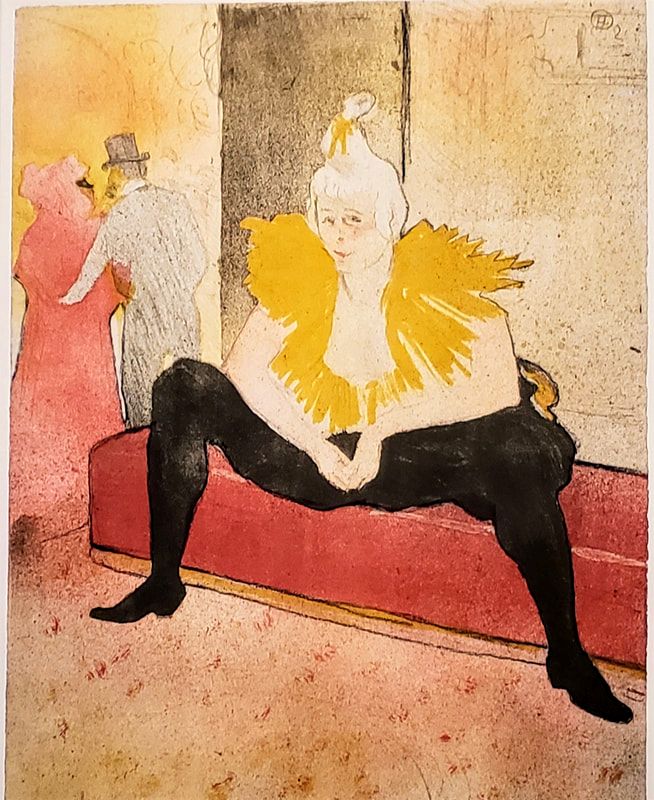
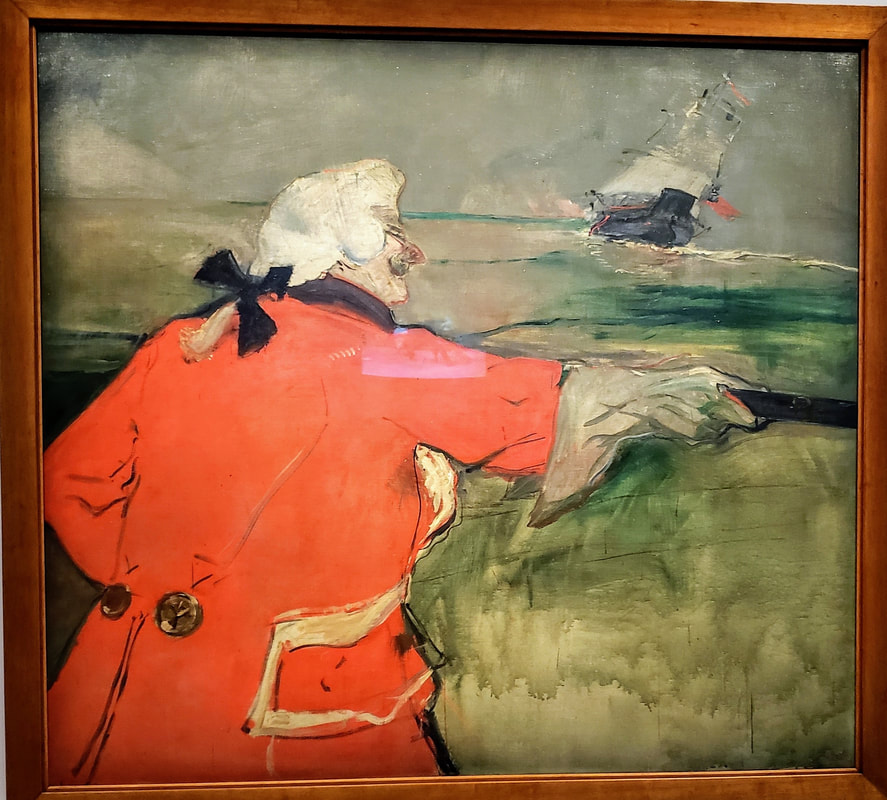


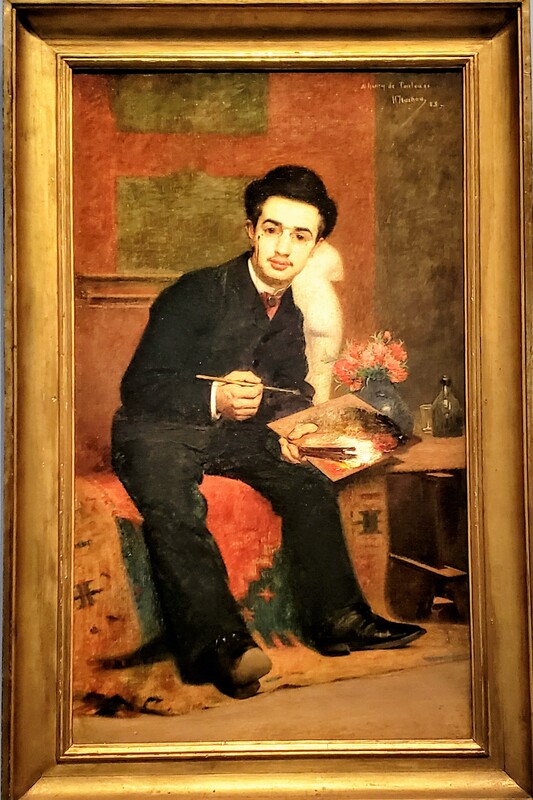
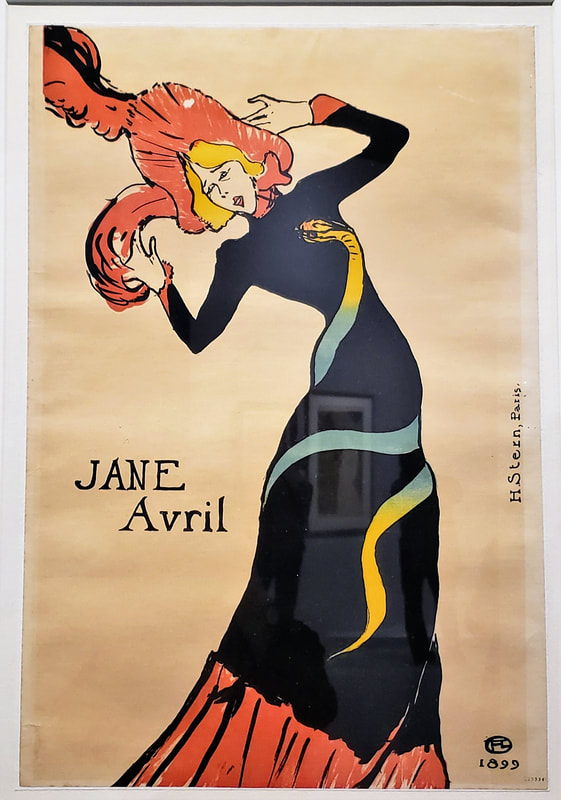

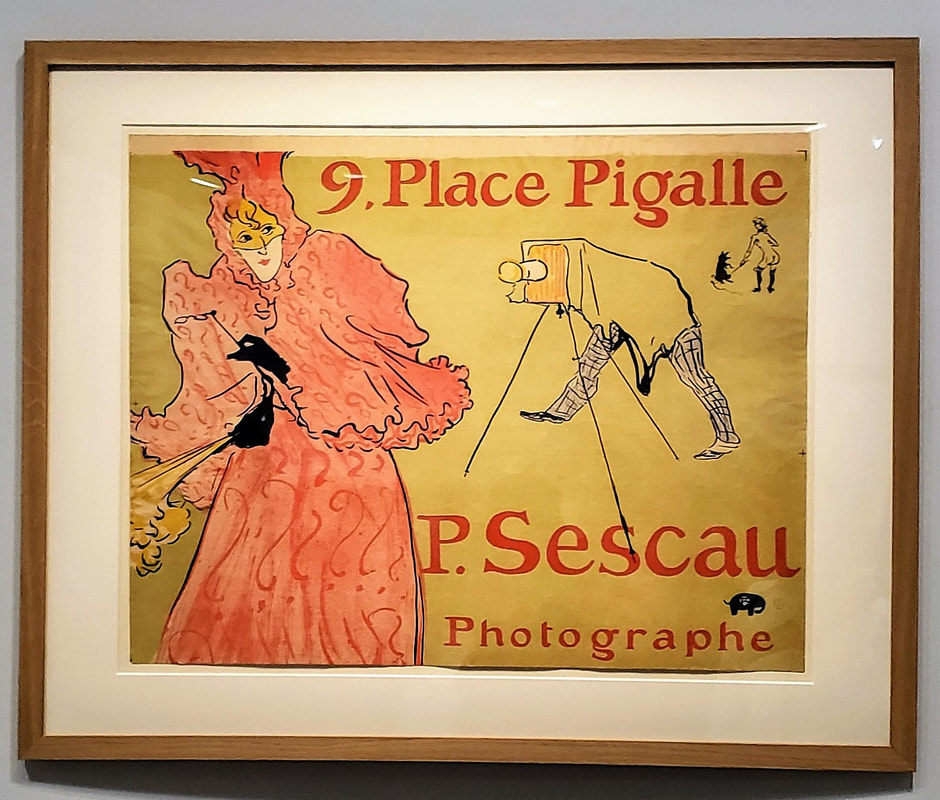
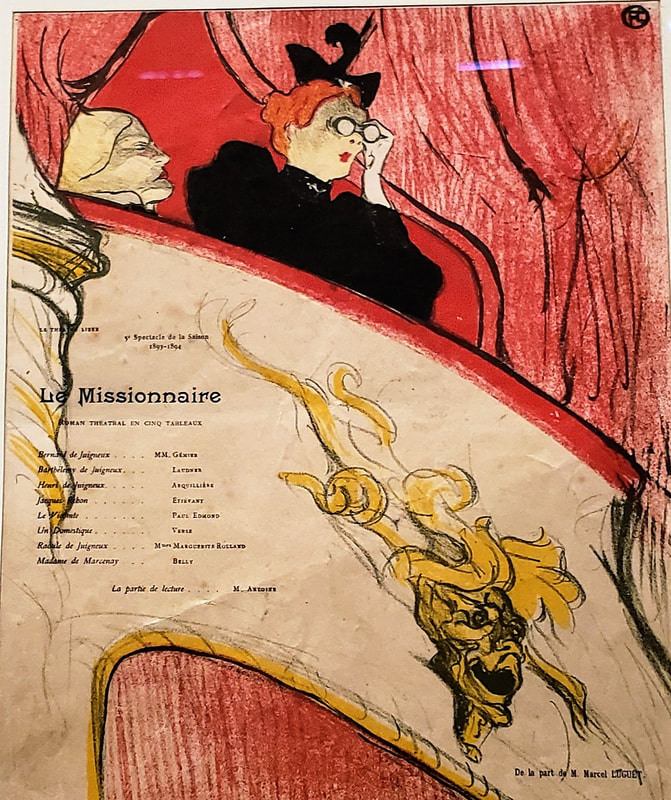
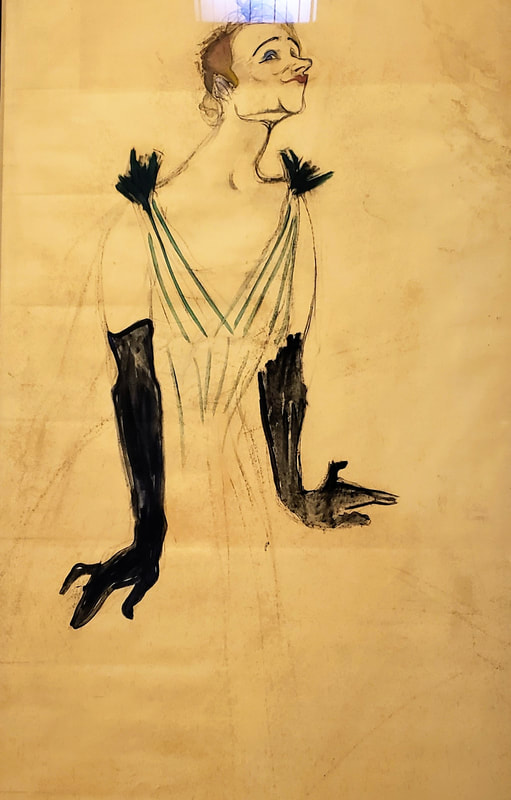
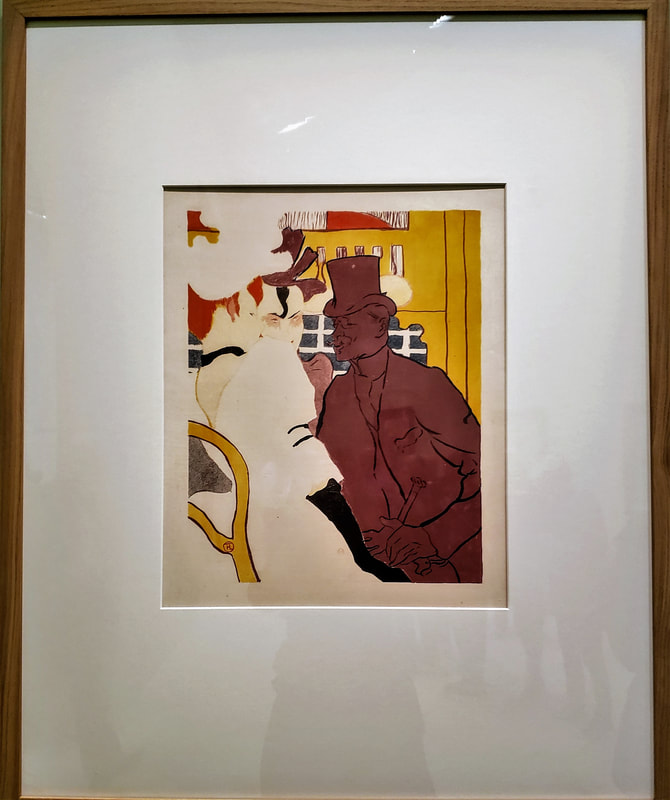
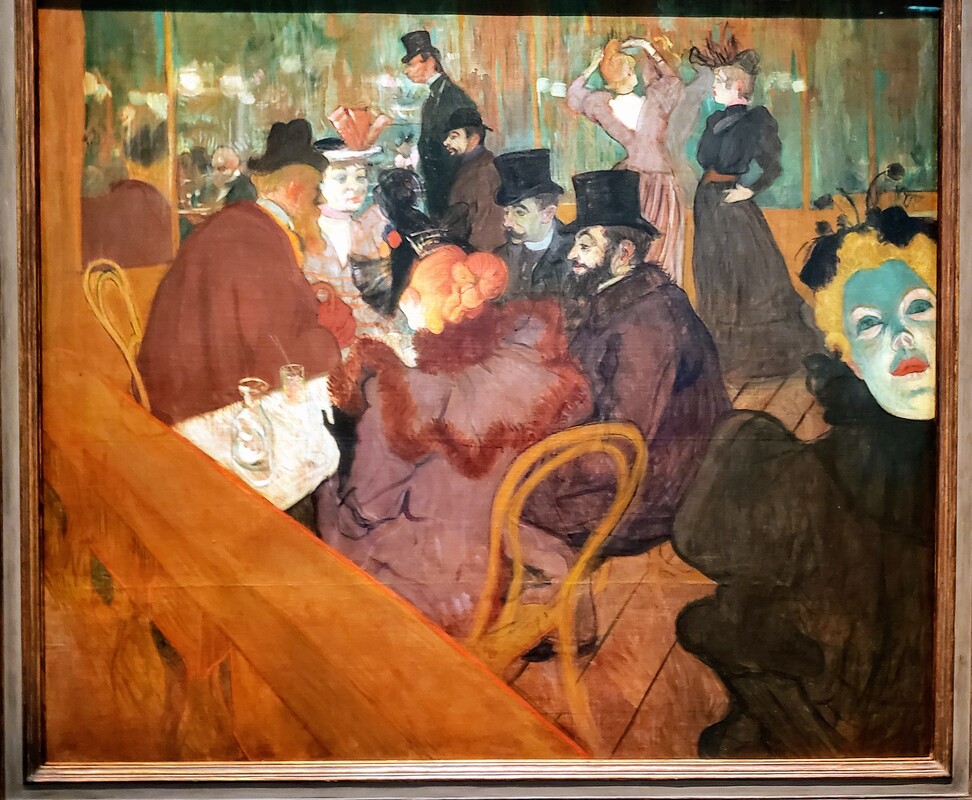

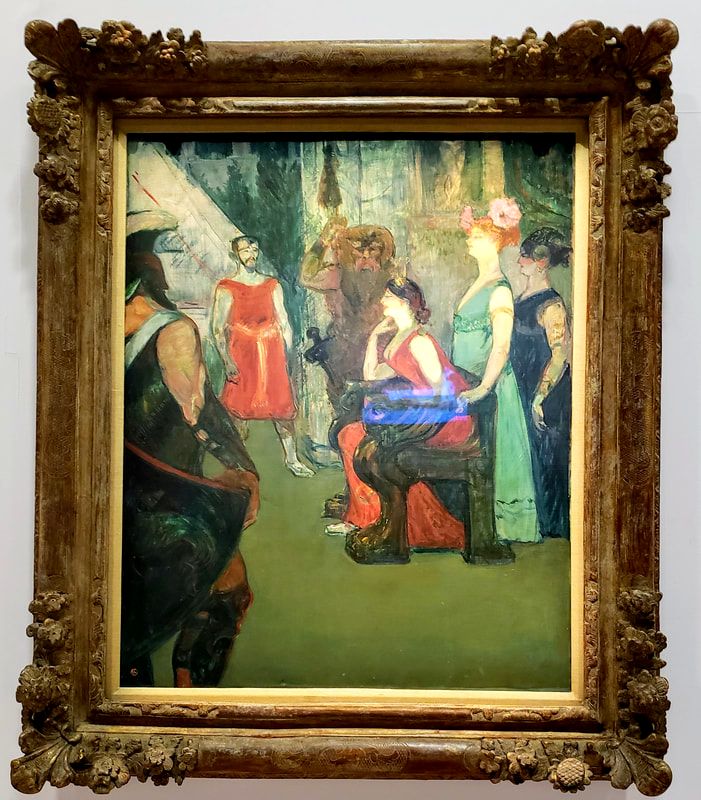
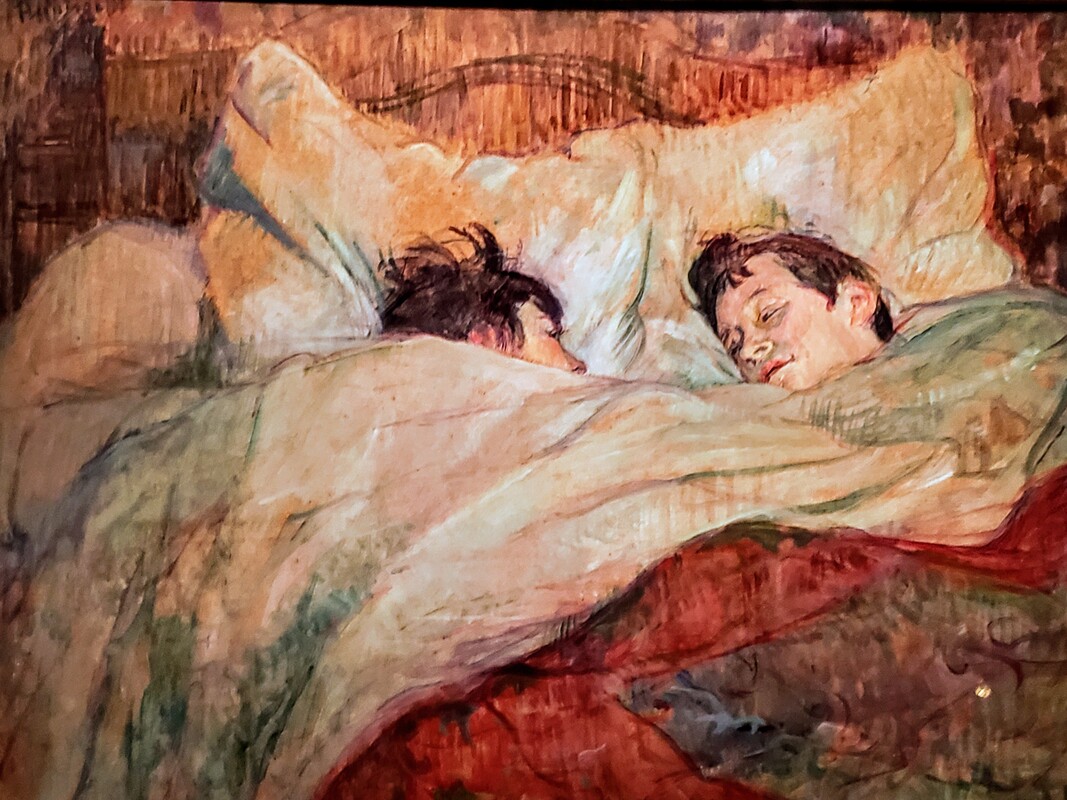
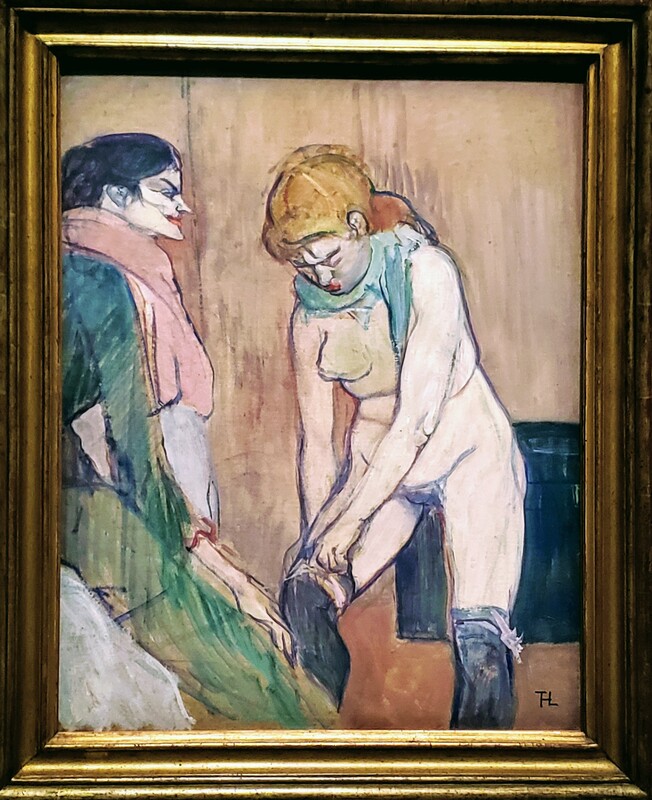

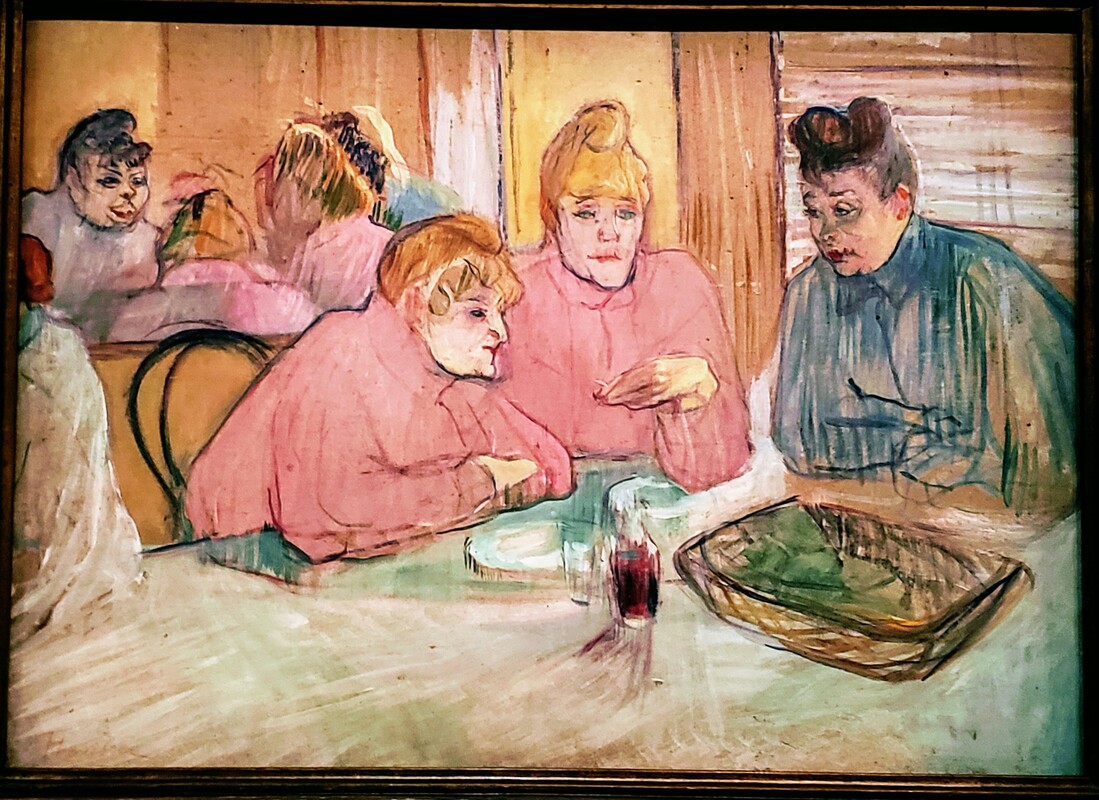
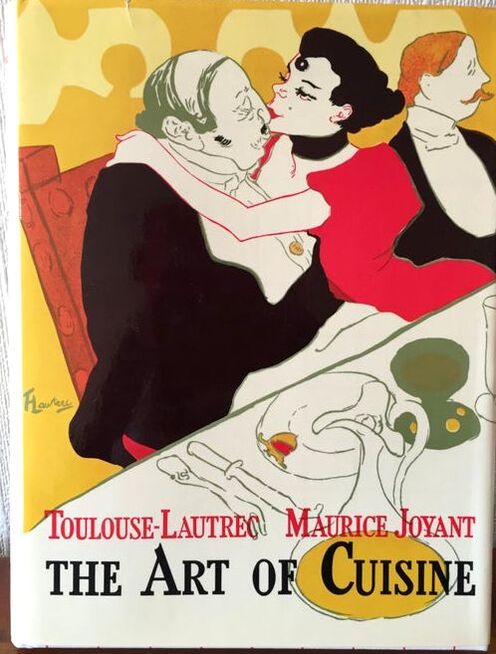


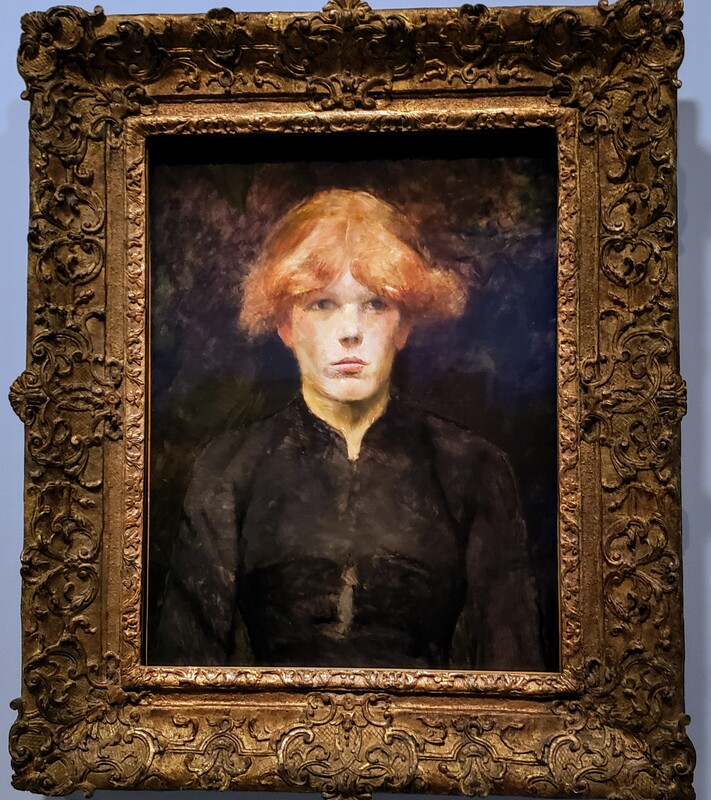
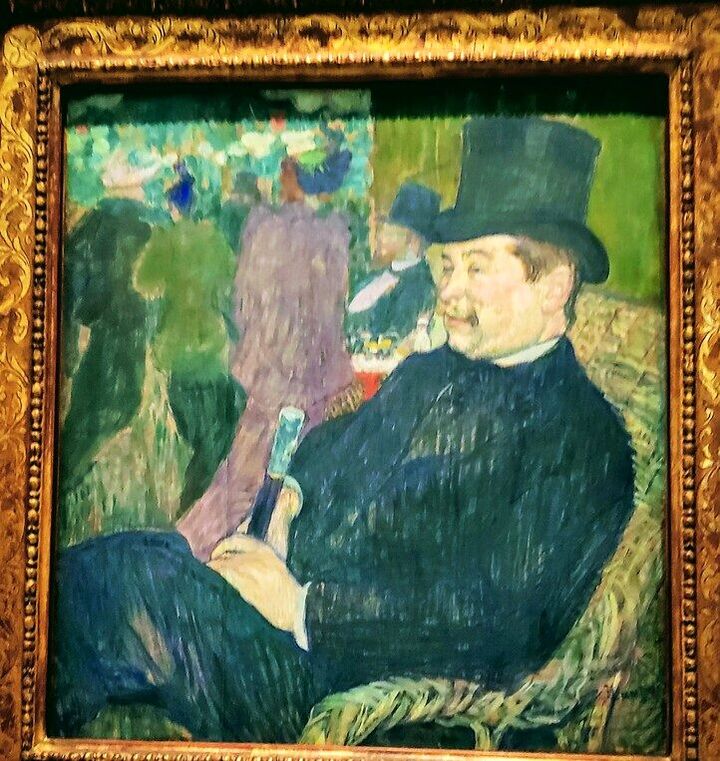

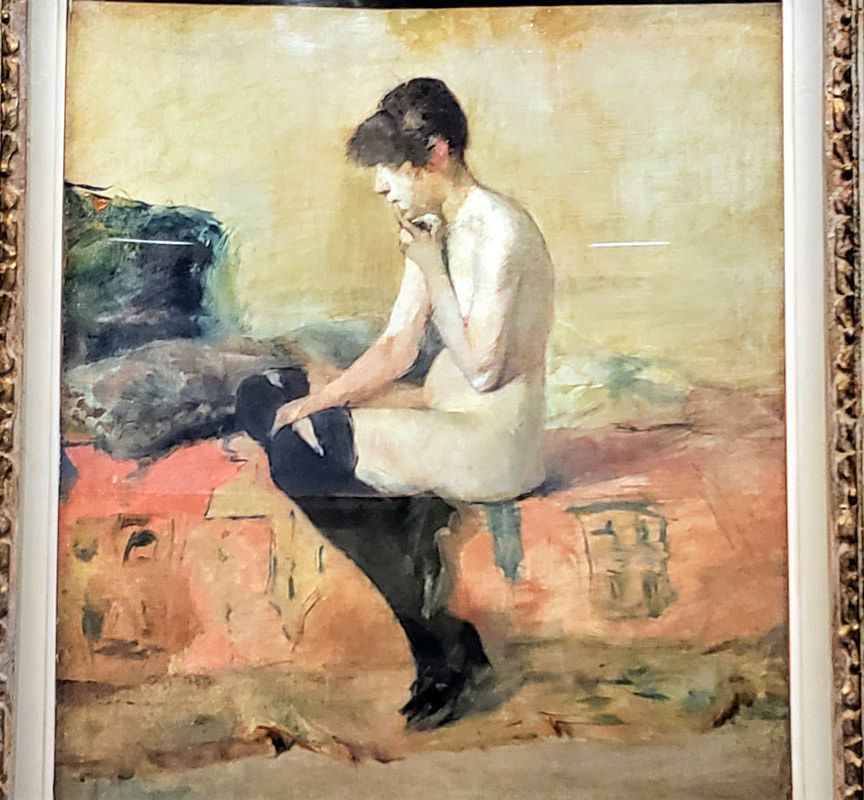



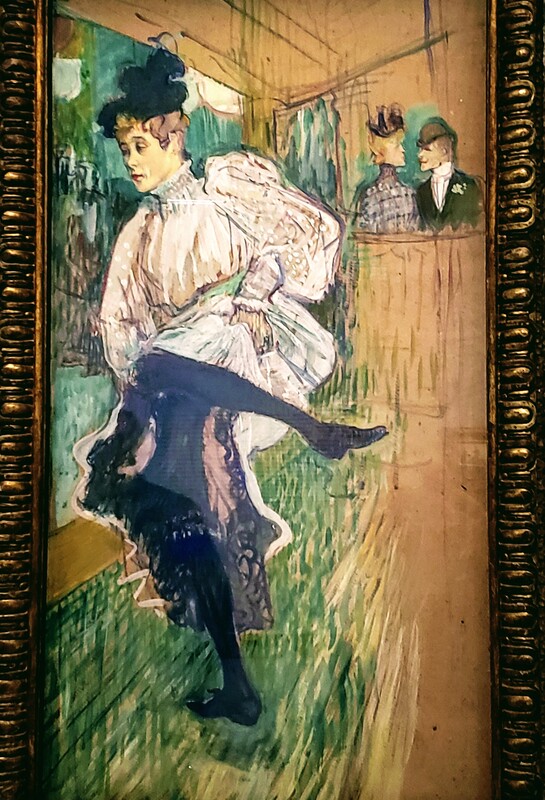


 RSS Feed
RSS Feed
